Protection board scheme for series lithium battery balanced charging
battery pack
Electronic enthusiasts provide you with a protection board solution for
series lithium battery balanced charging battery packs. This article is aimed at
the use of power lithium batteries in groups. Each lithium battery requires
protection from charging overvoltage, discharging undervoltage, overcurrent, and
short circuit. In order to achieve the problem of balanced charging of the whole
group of batteries, a single-cell lithium battery protection chip is designed to
protect any string
When a group of lithium batteries are charged in series, each battery
should be charged in a balanced manner, otherwise the performance and life of
the whole group of batteries will be affected during use. Commonly used balanced
charging technologies include constant shunt resistor balanced charging, on-off
shunt resistor balanced charging, average battery voltage balanced charging,
switched capacitor balanced charging, step-down converter balanced charging,
inductive balanced charging, etc. However, the existing single-cell lithium
battery protection chip does not contain the balanced charging control function;
the balanced charging control function of the multi-cell lithium battery
protection chip requires an external CpU, which is realized through serial
communication (such as I2C bus) with the protection chip, increasing It
increases the complexity and design difficulty of the protection circuit,
reduces the efficiency and reliability of the system, and increases the power
consumption.
This paper aims at the use of power lithium batteries in groups. Each
lithium battery requires the protection of charging overvoltage, discharging
undervoltage, overcurrent, and short circuit. The protection chip is a battery
pack protection board with a balanced charging function that protects any number
of lithium batteries in series. The simulation results and industrial production
application prove that the protection board has perfect protection function,
stable operation, high cost performance, and the equalization charging error is
less than 50mV.
Lithium battery pack protection board equalization charging basic working
principle
A schematic diagram of a lithium battery pack protection board with
balanced charging capability designed using a single-cell lithium battery
protection chip is shown in Figure 1. Among them: 1 is a single-cell lithium-ion
battery; 2 is the resistance of the charge overvoltage shunt discharge branch; 3
is the switching device for shunt discharge branch control; 4 is the overcurrent
detection protection resistor; 5 is the omitted lithium battery protection chip
and circuit Connection part; 6 is a single-cell lithium battery protection chip
(generally including charge control pin CO, discharge control pin DO, discharge
overcurrent and short circuit detection pin VM, battery positive terminal VDD,
battery negative terminal VSS, etc.); 7 is The charging overvoltage protection
signal is isolated by the optocoupler and forms a parallel relationship to drive
the gate of the MOS tube for charging control in the main circuit; 8 is the
discharge undervoltage, overcurrent, and short circuit protection signal, which
is isolated by the optocoupler and forms a series relationship to drive the
discharge in the main circuit MOS tube grid for control; 9 is a charge control
switch device; 10 is a discharge control switch device; 11 is a control circuit;
12 is a main circuit; 13 is a shunt discharge branch. The number of single-cell
lithium battery protection chips is determined according to the number of
lithium battery cells, and they are used in series to protect the charging and
discharging, over-current, and short-circuit states of the corresponding
single-cell lithium battery. At the same time of charging protection, the system
realizes balanced charging through the protection chip to control the on-off of
the switch device of the shunt discharge branch. The cost of the
application.
When the lithium battery pack is charging, the positive and negative poles
of the external power supply are respectively connected to the positive and
negative poles BAT+ and BAT- of the battery pack, and the charging current flows
through the positive pole BAT+ of the battery pack, the single-cell lithium
batteries 1~N in the battery pack, and the discharge control switch device. ,
the charge control switch device, the negative electrode BAT- of the battery
pack, and the current flow direction is shown in FIG. 2 .
The charging overvoltage protection control signal of the single-cell
lithium battery protection chip in the control circuit part of the system is
isolated by the optocoupler and output in parallel to provide the gate voltage
for the conduction of the charging switch device in the main circuit; such as a
certain lithium battery or several lithium batteries In the process of charging,
it first enters the overvoltage protection state, then the overvoltage
protection signal controls the discharge of the shunt discharge branch connected
in parallel to the positive and negative terminals of the single lithium
battery, and at the same time disconnects the corresponding single lithium
battery connected in series in the charging circuit. out of the charging
circuit.
When lithium battery packs are charged in series, the influence of the
capacity difference of single cells is ignored, and the battery with smaller
internal resistance is generally charged first. At this time, the corresponding
overvoltage protection signal controls the switching device of the shunt
discharge branch to close, and a shunt resistor is connected in parallel at both
ends of the original battery. According to the pNGV equivalent circuit model of
the battery, the shunt branch resistance at this time is equivalent to the load
of the single-cell lithium battery that is fully charged first, and the battery
is discharged through it to maintain the battery terminal voltage within a very
small range near the full state. Assuming that the first lithium battery is
charged first and enters the overvoltage protection state, the current flow in
the main circuit and the shunt discharge branch is shown in Figure 3. When all
single-cell batteries are charged and enter the over-voltage protection state,
the voltages of all single-cell lithium batteries are completely equal within
the error range, and the charging protection control signals of each protection
chip become low, and the charging control switching device in the main circuit
cannot be used. Provide grid bias to turn it off and disconnect the main
circuit, that is to achieve balanced charging, and the charging process is
completed.
When the battery pack is discharged, the external load is connected to the
positive and negative poles BAT+ and BAT- of the battery pack respectively, and
the discharge current flows through the negative pole BAT- of the battery pack,
the charge control switch device, the discharge control switch device, and the
single-cell lithium battery N in the battery pack. ~1 and the positive pole BAT+
of the battery pack, the current flow direction is shown in Figure 4. The
discharge undervoltage protection, overcurrent and short circuit protection
control signals of the single-cell lithium battery protection chip in the
control circuit of the system are output in series after being isolated by the
optocoupler, and provide the gate voltage for the conduction of the discharge
switch device in the main circuit; once the battery pack In the process of
discharging, if a single-cell lithium battery encounters special conditions such
as undervoltage, overcurrent, and short circuit, the corresponding single-cell
lithium battery discharge protection control signal becomes low, and the gate
bias cannot be provided for the discharge control switching device in the main
circuit. Turn it off and disconnect the main circuit, that is, end the discharge
and use process.
Generally, lithium batteries adopt constant current-constant voltage
(TApER) charging control. When charging at constant voltage, the charging
current decreases approximately exponentially. The switching device of the
charging and discharging main circuit in the system can be selected according to
the maximum operating current and operating voltage required by the external
circuit.
The single-cell lithium battery protection chip of the control circuit can
be selected according to the voltage level and protection delay time of the
single-cell lithium battery to be protected.
The resistance of the discharge branch connected to both ends of a single
battery can be calculated according to the charging voltage of the lithium
battery charger, the parameters of the lithium battery and the discharge
current. The equalization current should be selected reasonably. If it is too
small, the equalization effect will not be obvious; if it is too large, the
energy loss of the system will be large, the equalization efficiency will be
low, and the thermal management requirements for lithium battery packs are high.
Generally, the current can be designed between 50 and 100mA.
The resistance of the shunt discharge branch can be realized by using a
power resistor or a resistor network. Here, it is more reasonable to use a
resistor network to realize the resistance of the shunt discharge branch, which
can effectively eliminate the influence of resistance deviation, and in
addition, it can also play a role in reducing thermal power consumption.

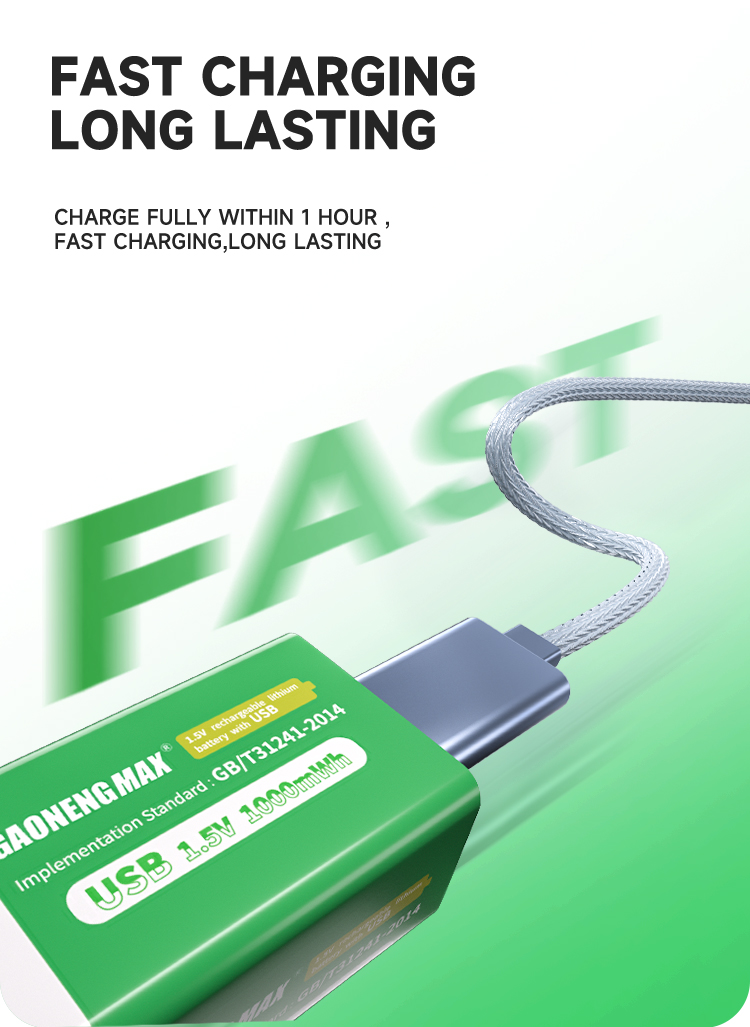


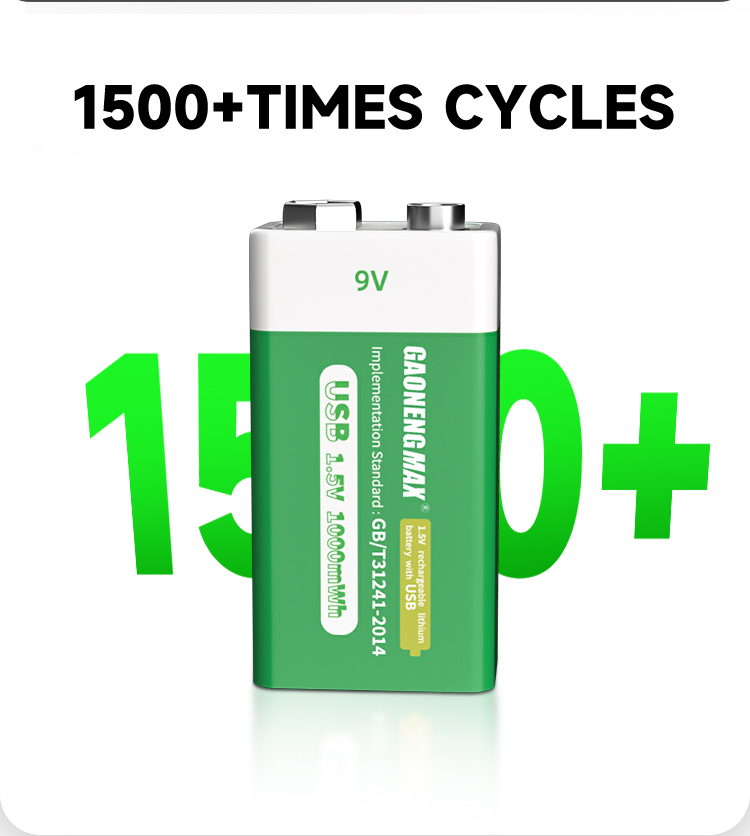
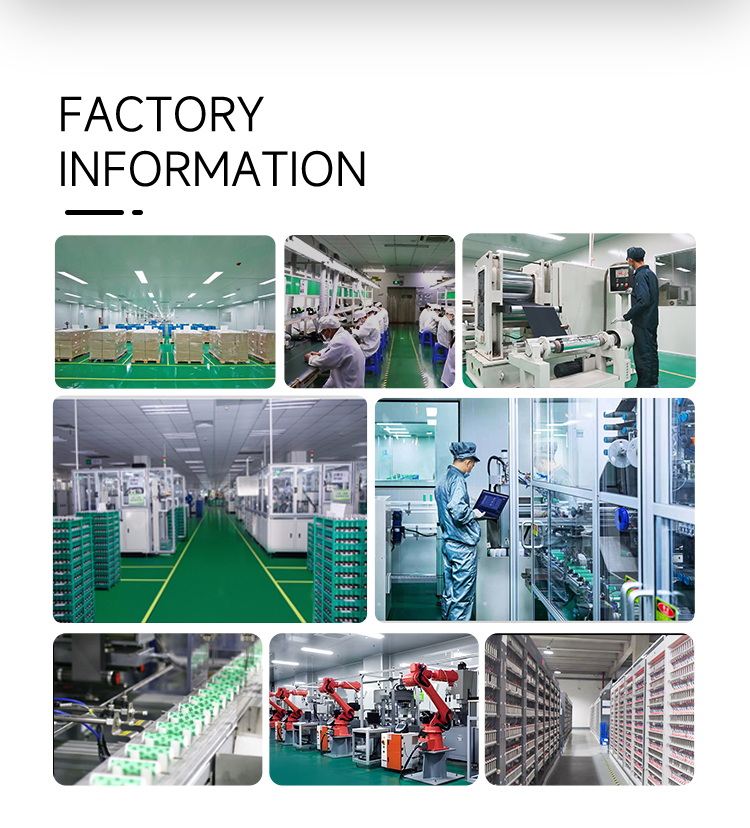
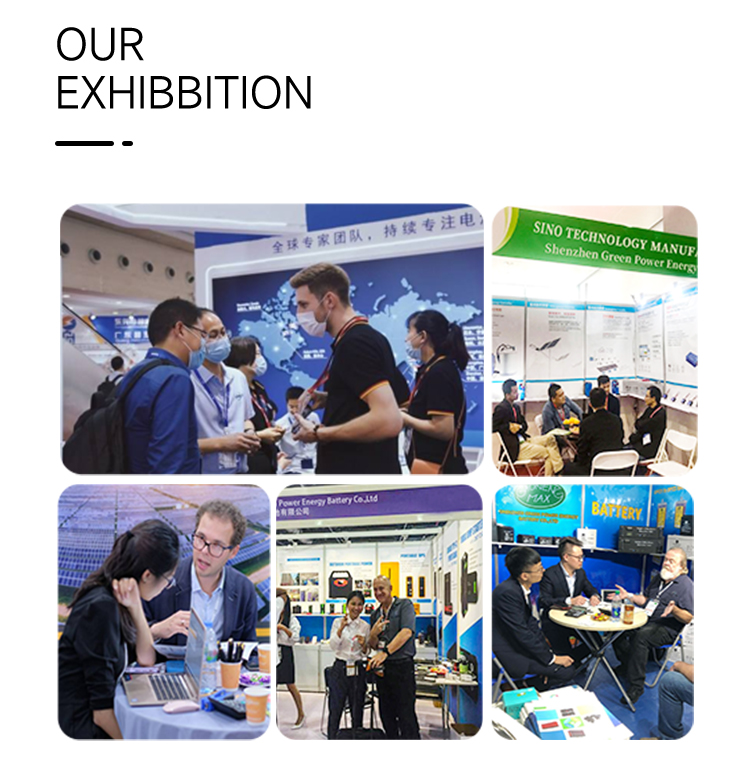
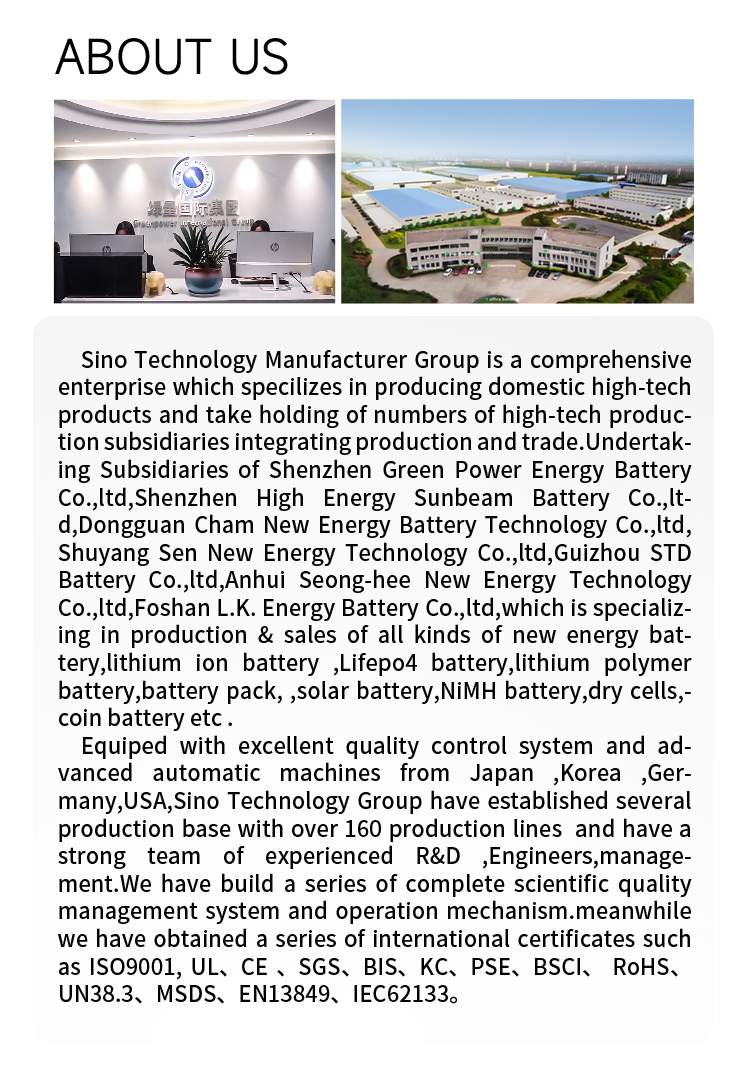

































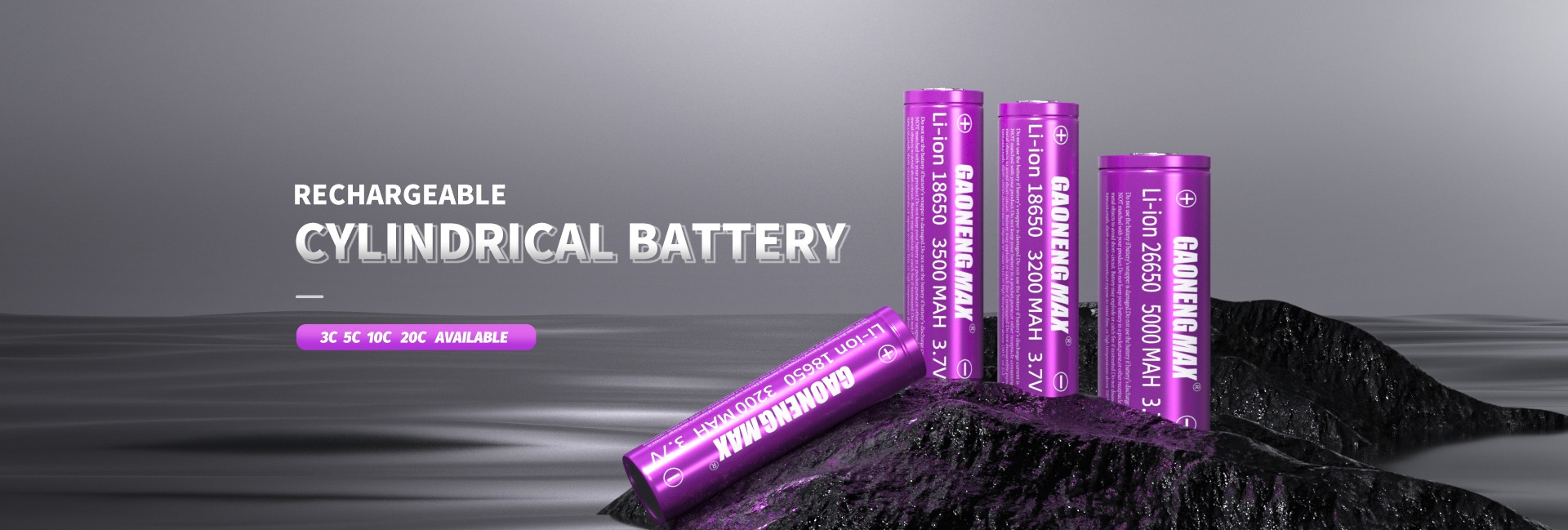
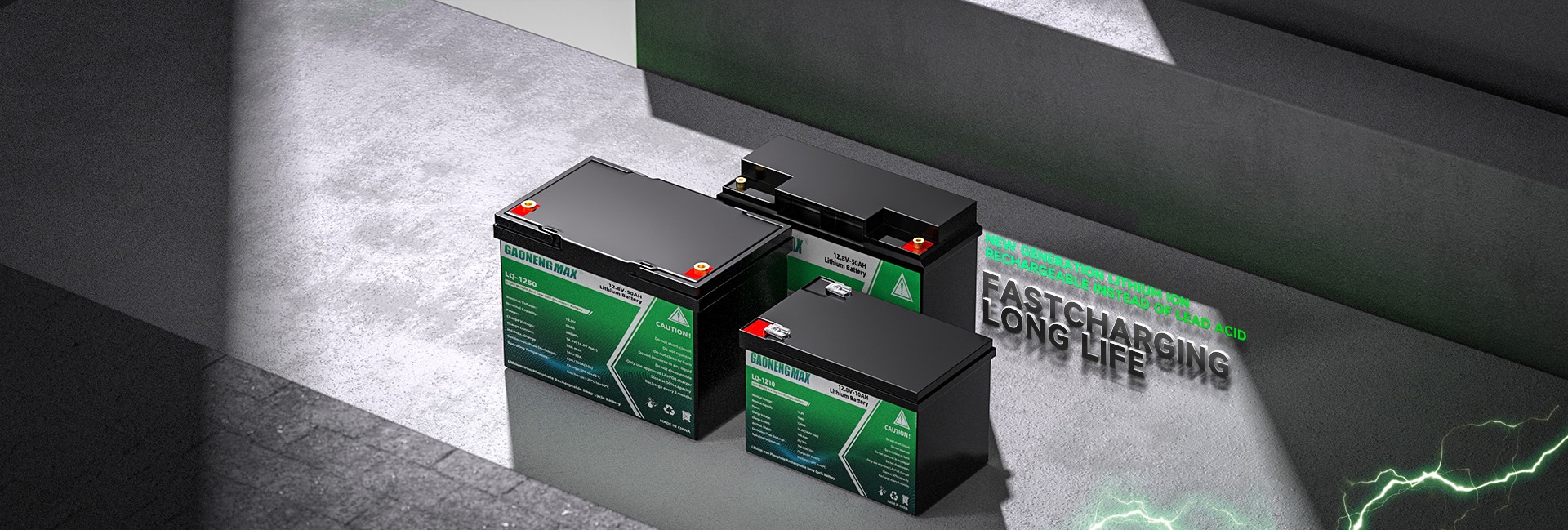

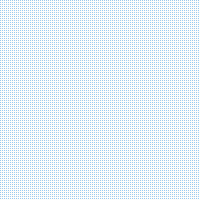


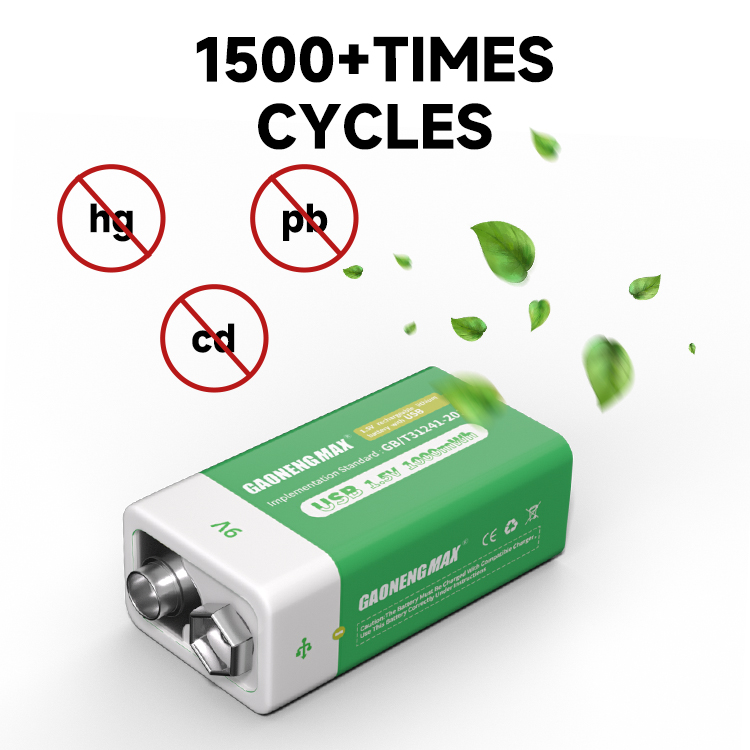



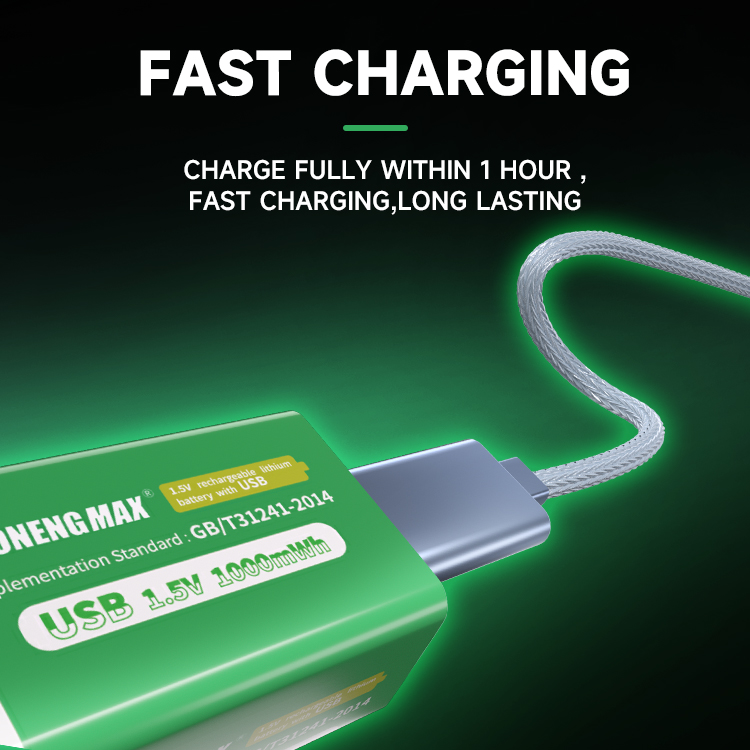














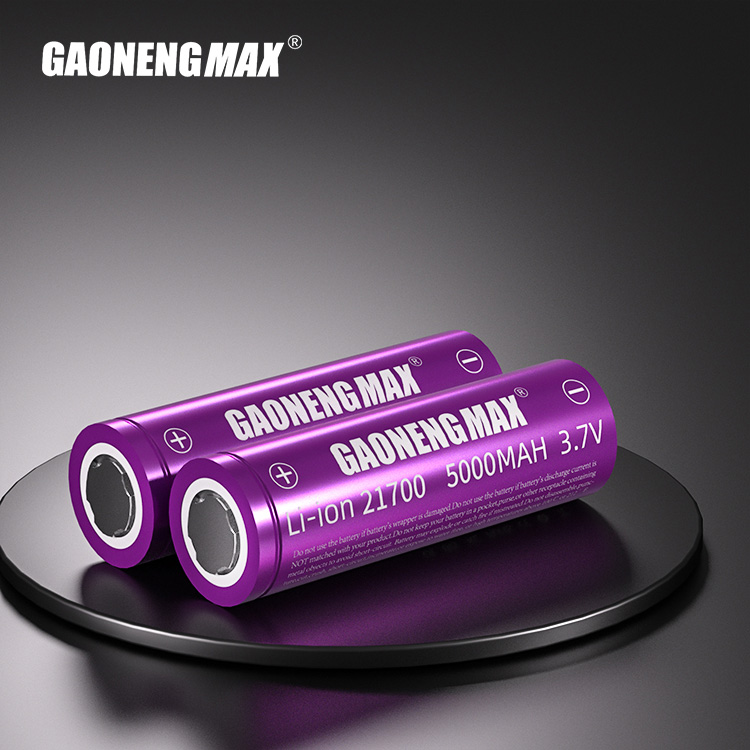



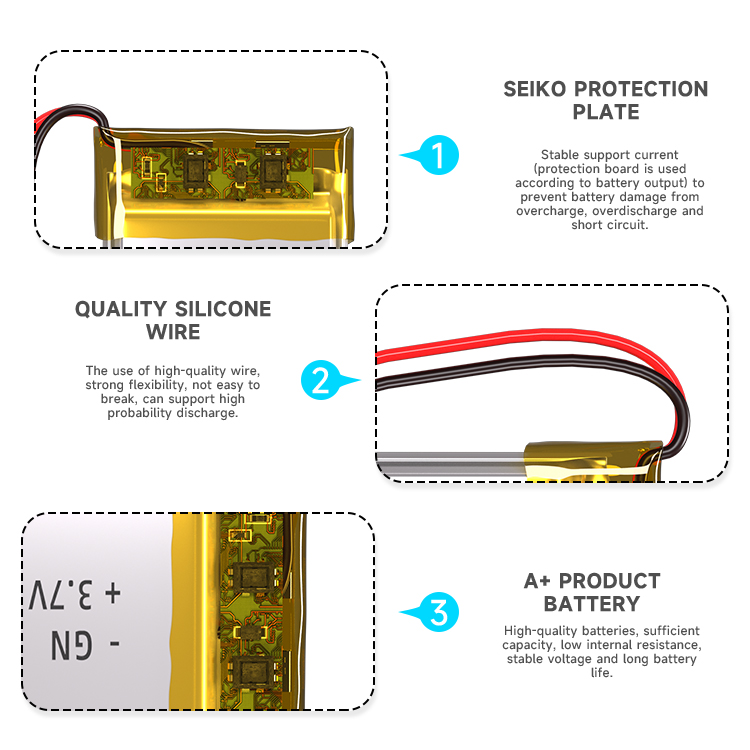







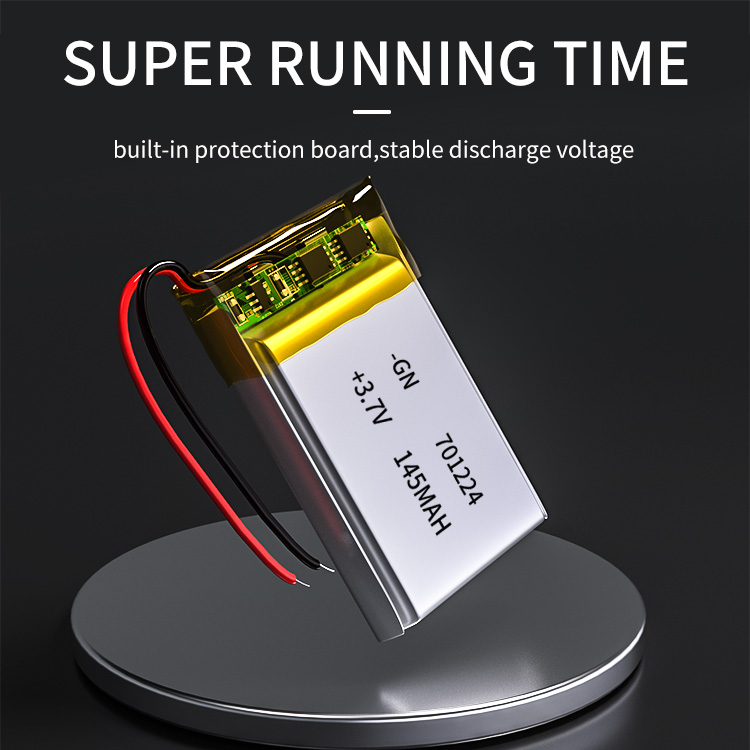
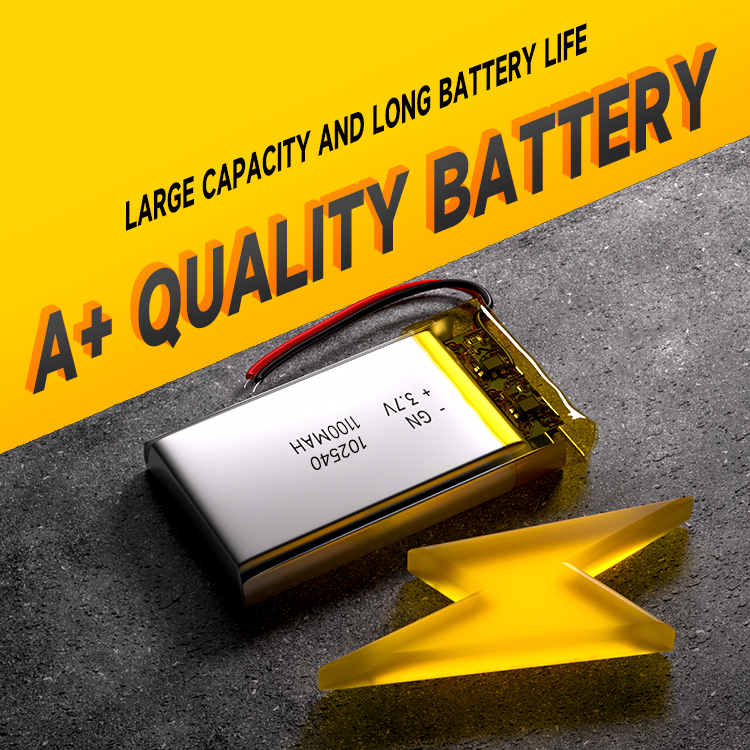
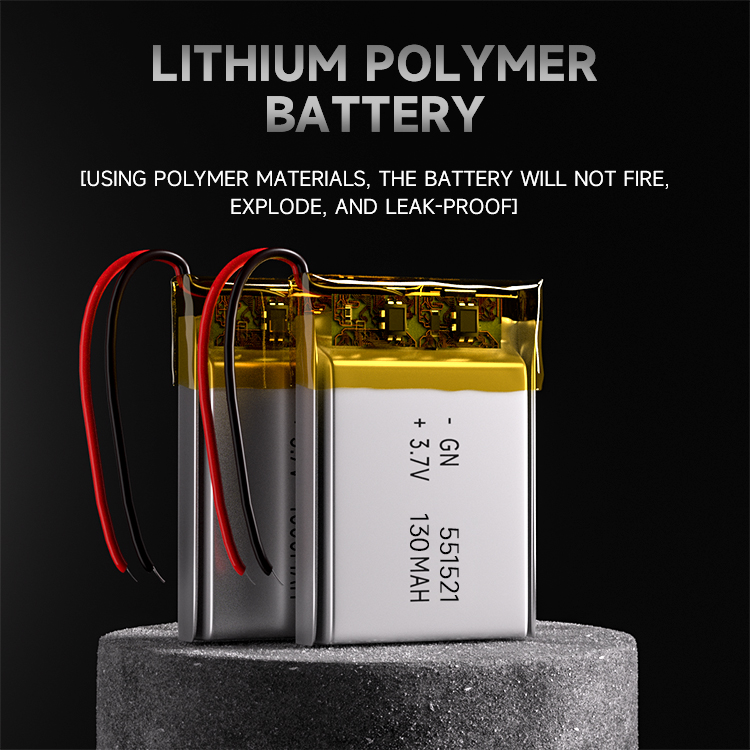












 360° FACTORY VR TOUR
360° FACTORY VR TOUR
 Whatsapp
Whatsapp
 Tel
Tel Email
Email TOP
TOP